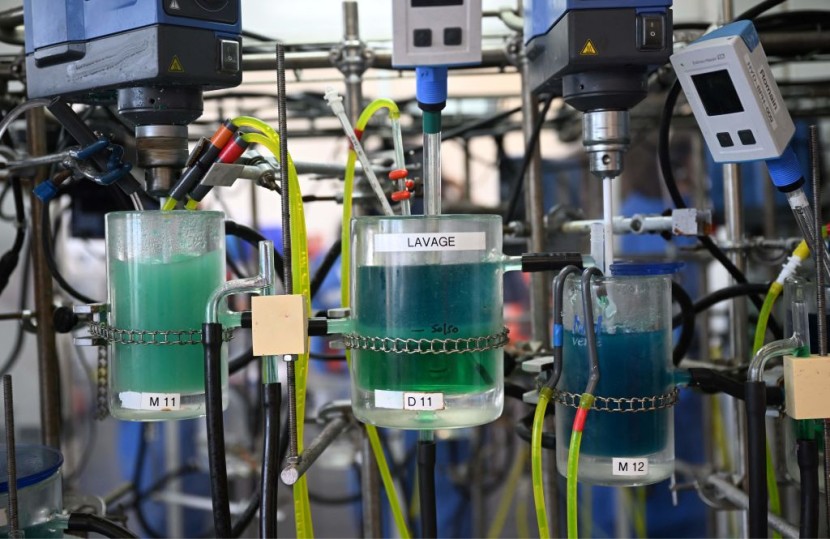Environmentalists, ranchers, and others have opposed lithium mining projects in Nevada for years.
But an unexpected source of opposition to mining a specific desert tract for the silvery white metal needed in electric car batteries is space.
Why NASA Opposes the Project?

NASA claims that the same location, which is undisturbed and as flat as a tabletop in any place in the Western Hemisphere, is essential for calibrating the exact measurements taken by hundreds of satellites orbiting above, according to APNews.
According to NASA, the long, flat land area above Nevada's Railroad Valley's undeveloped lithium mine has been used for almost three decades to obtain precise measurements necessary to maintain satellites and the applications that run on them in good condition.
The US Bureau of Land Management agreed to the space agency's proposal. Eastern Nevada terrain covering 36 square miles (92 square kilometers) will no longer be included in their list of federal lands potentially open for mineral exploration and exploitation.
The bureau has spent nearly three years defending mining approval of a massive lithium mine under construction in northwest Nevada close to the Oregon border from objections of various kinds from environmentalists, tribal leaders, ranchers, and others.
The bureau started an assessment of the proposals for a second lithium mine, which environmentalists oppose, in December. It would be located about 230 miles (370 kilometers) southeast of Reno, close to the California border, where an endangered desert wildflower blooms.
Nevada Desert Paradox
According to NASA, which stated that the satellites "provide vital and often time-critical information touching every aspect of life on Earth," including increasingly certifying measurements related to climate change; satellite calculations are essential to gathering information from space with widespread applications from weather forecasting to national security, agricultural outlooks, and natural disasters.
Thus, the Nevada desert paradox. However, in this case, the metal is buried beneath the land, which NASA says must be left undisturbed to ensure the accuracy of satellites monitoring Earth's warming atmosphere. Lithium is the primary component in batteries for electric vehicles, which are crucial to decreasing greenhouse gases.
Earlier this month, a congressman from Nevada submitted legislation that aims to overturn the bureau's choice to exclude the site from prospective mining usage. The move, according to Republican Rep. Mark Amodei, highlights the "hypocrisy" of President Joe Biden's administration, he told a House subcommittee last week.
When NASA requested the land withdrawal in 2021, the Carson City, Nevada-based business 3 Proton Lithium Inc., which owns most of the mining claims, had yet to provide official project proposals. However, the company asserted that it had conducted an in-depth analysis in preparation for plans to extract the brine-based lithium resource, which it claimed to be one of the ten greatest reserves in the world.
According to Chairman Kevin Moore, the tract's withdrawal will probably prevent his energy business from pumping the "super brine" from approximately one-third of its claims there, including the deepest, richest deposits, which account for around 60 percent of the site's value.
Related Article : NASA Monitoring Asteroid That Could Hit Earth in the Near Future
© 2025 HNGN, All rights reserved. Do not reproduce without permission.








